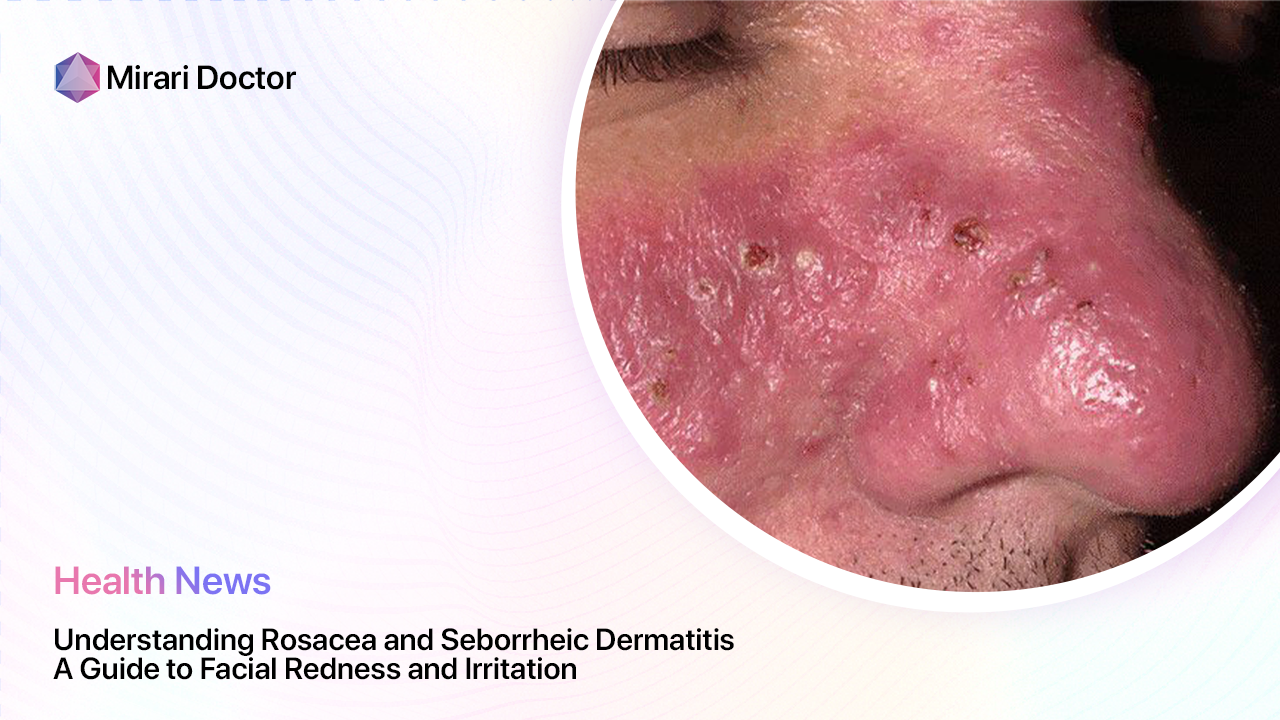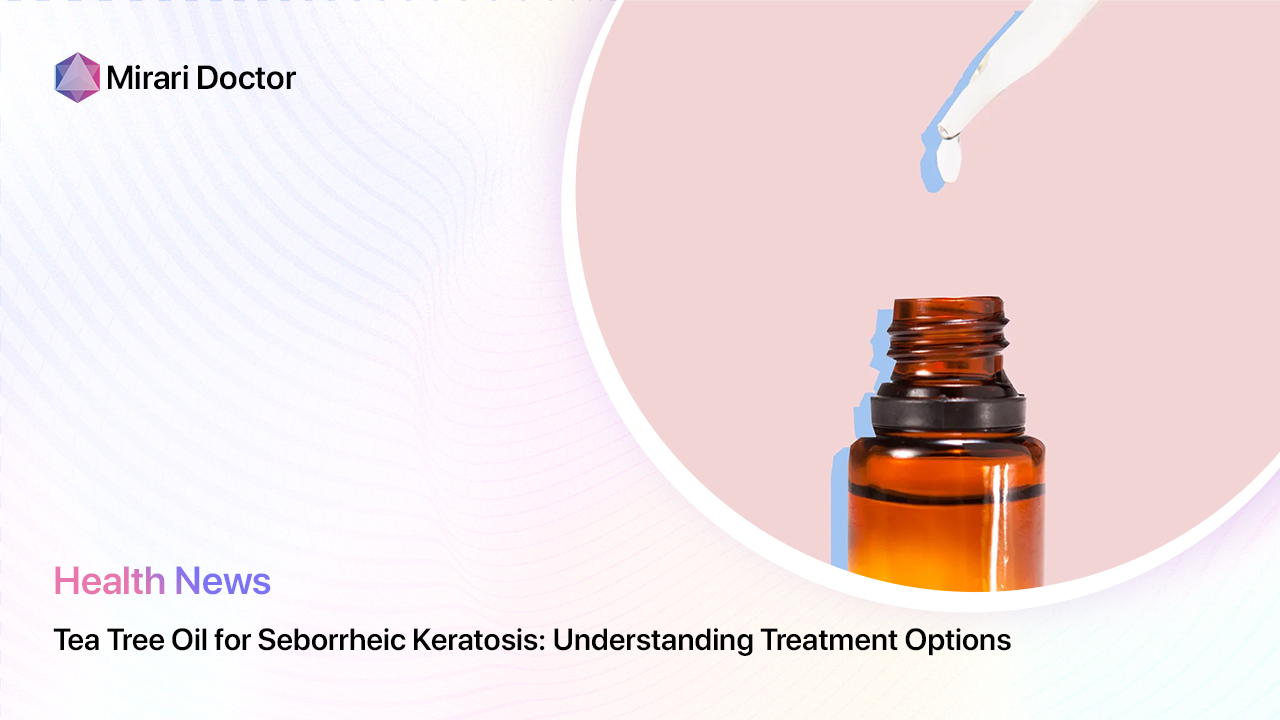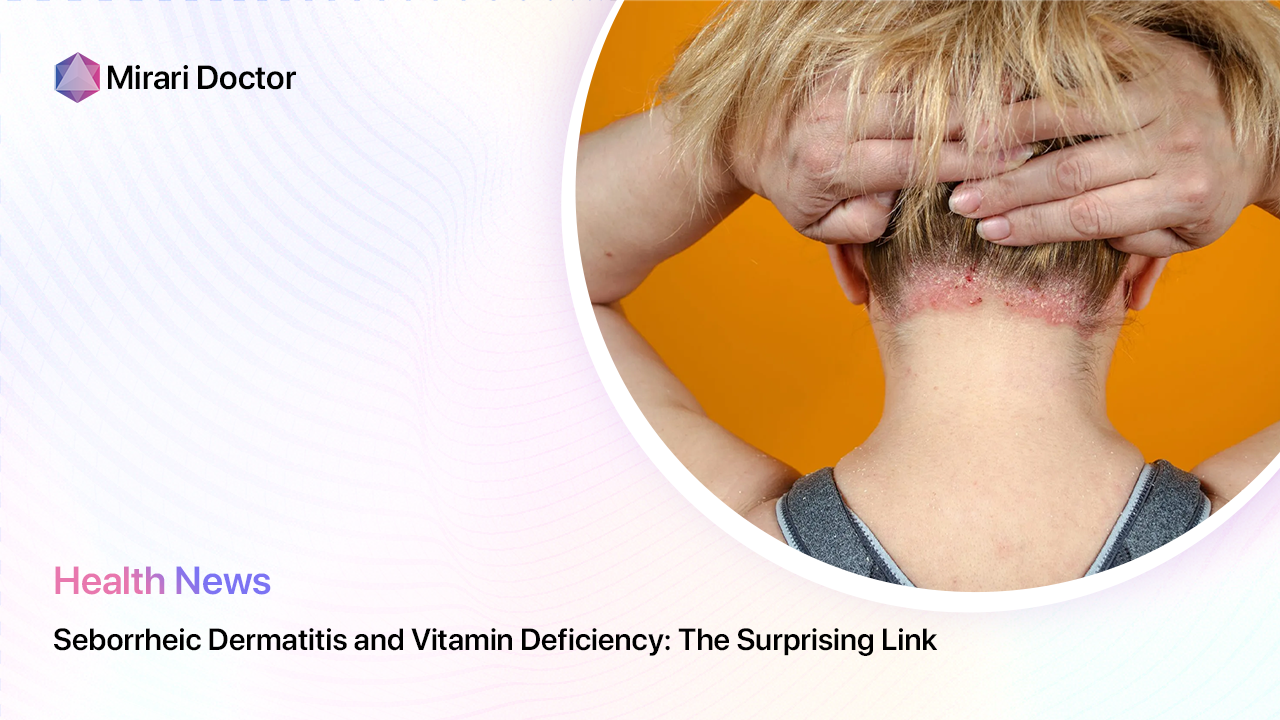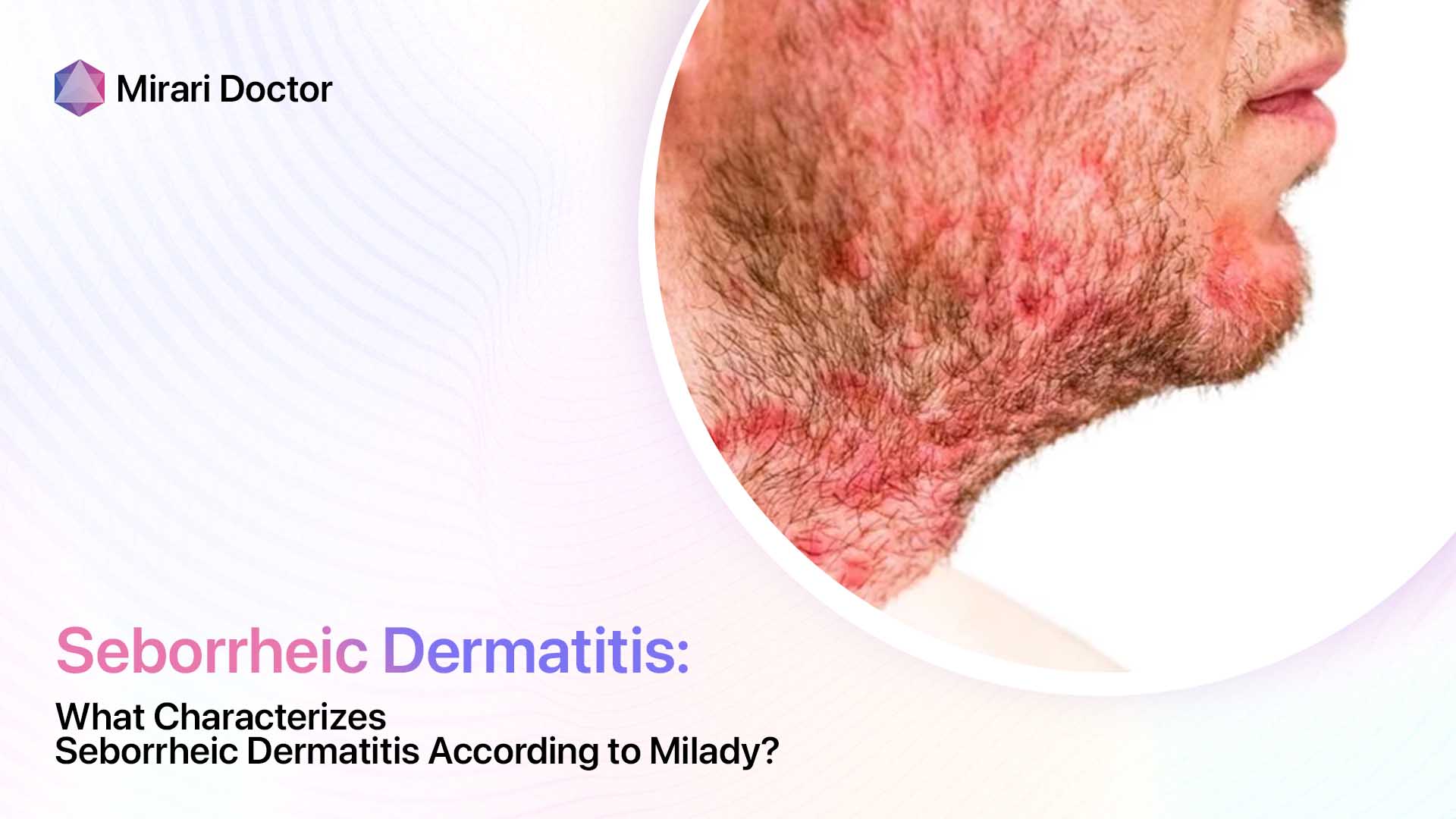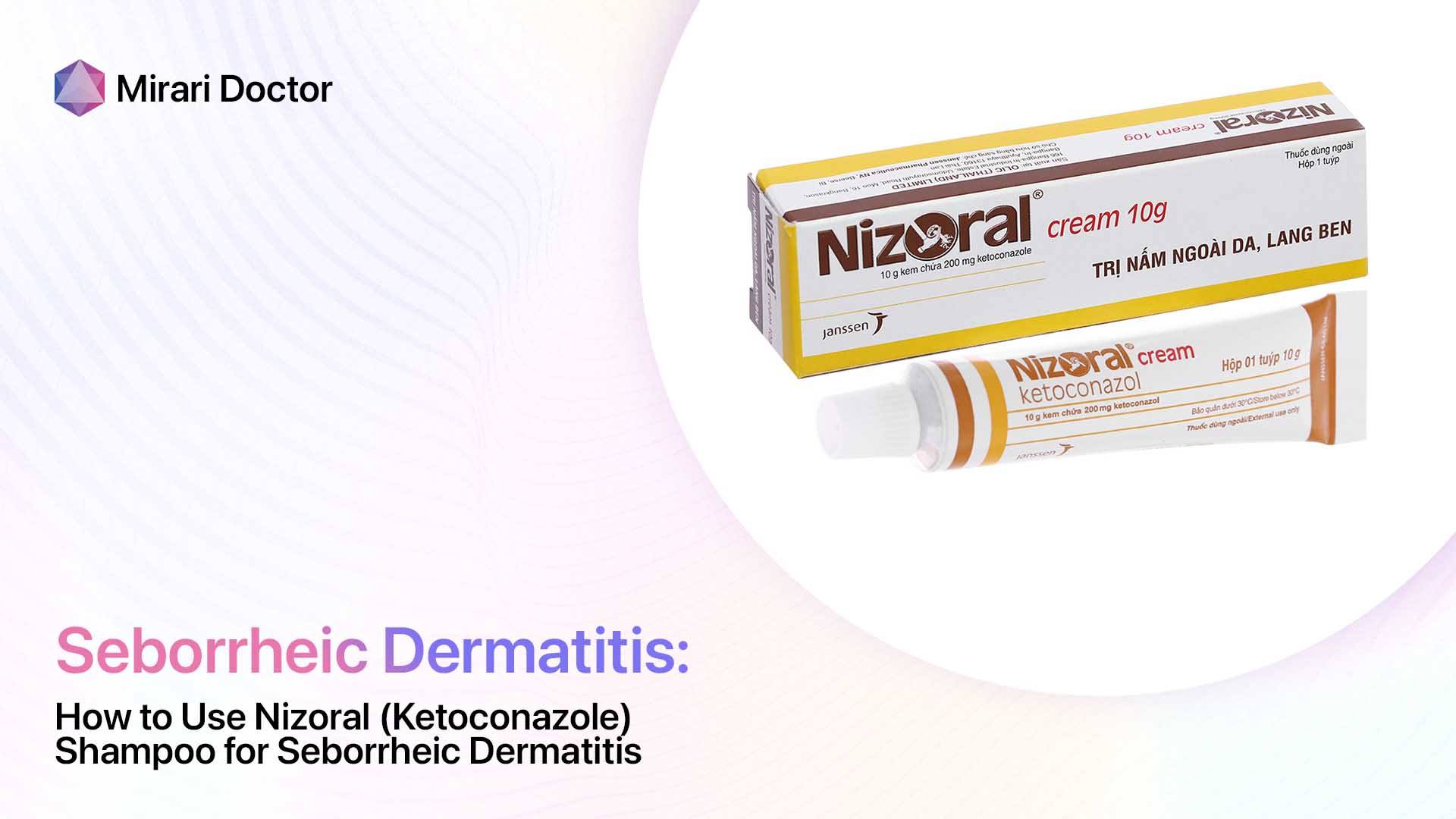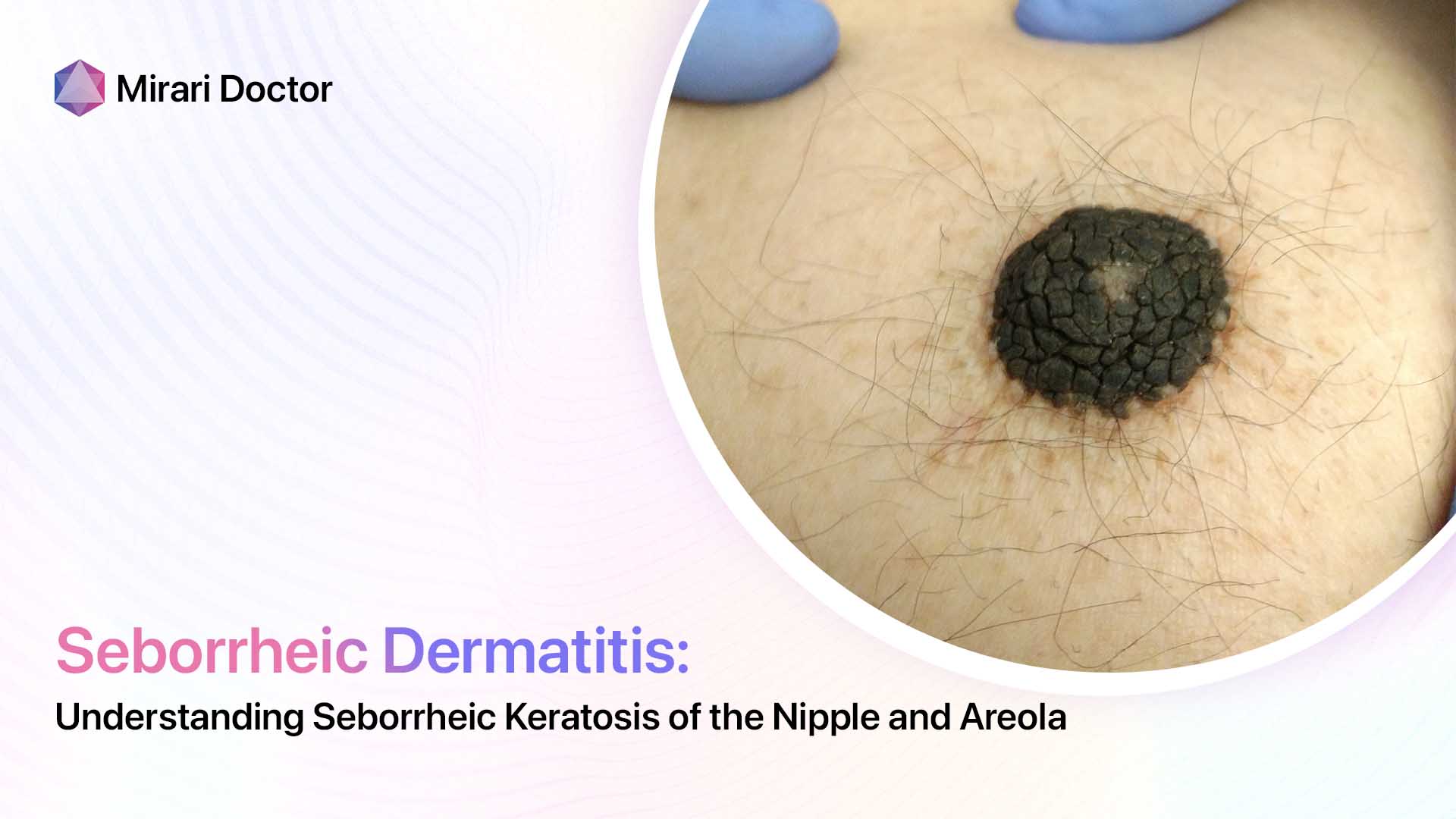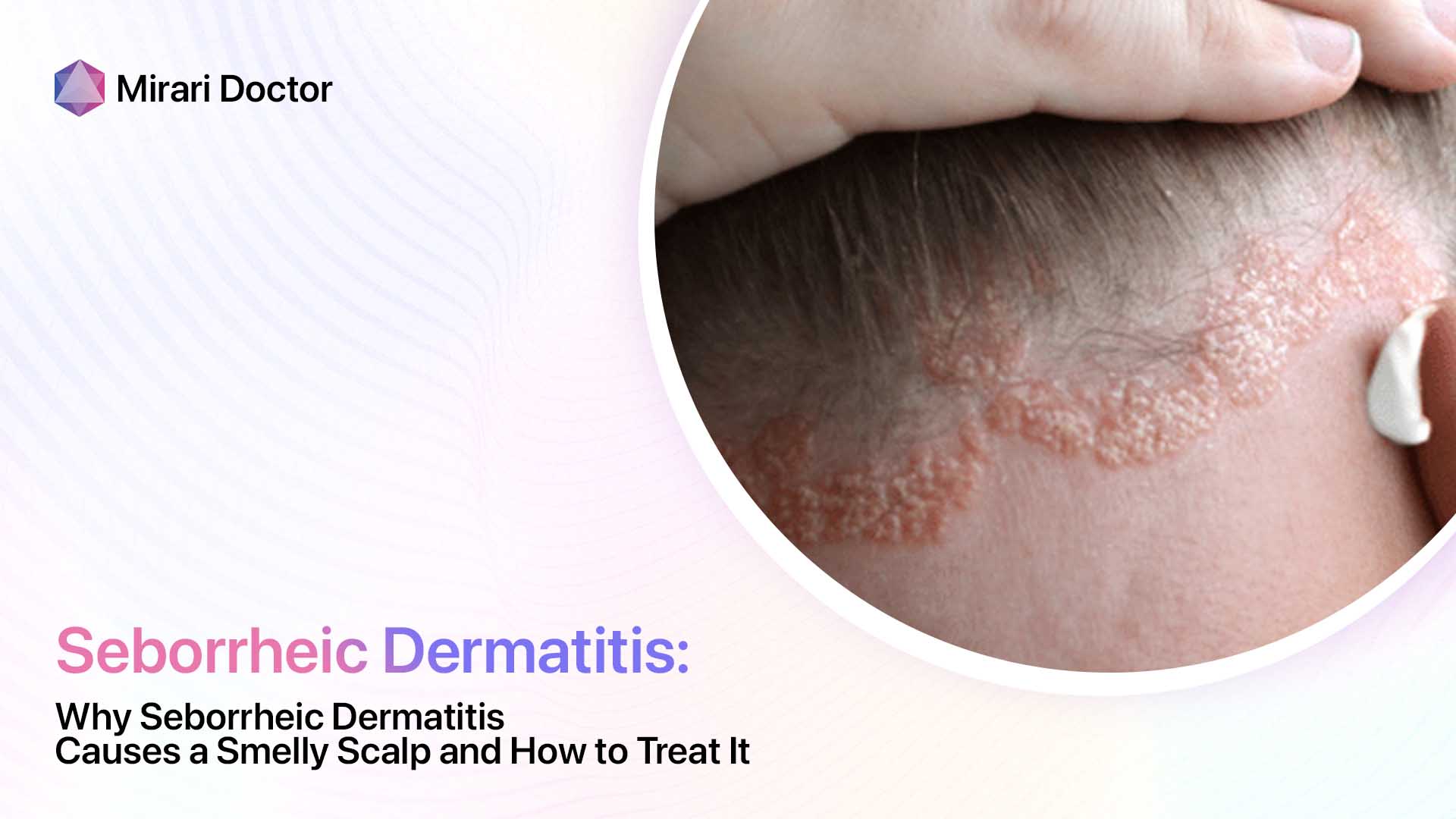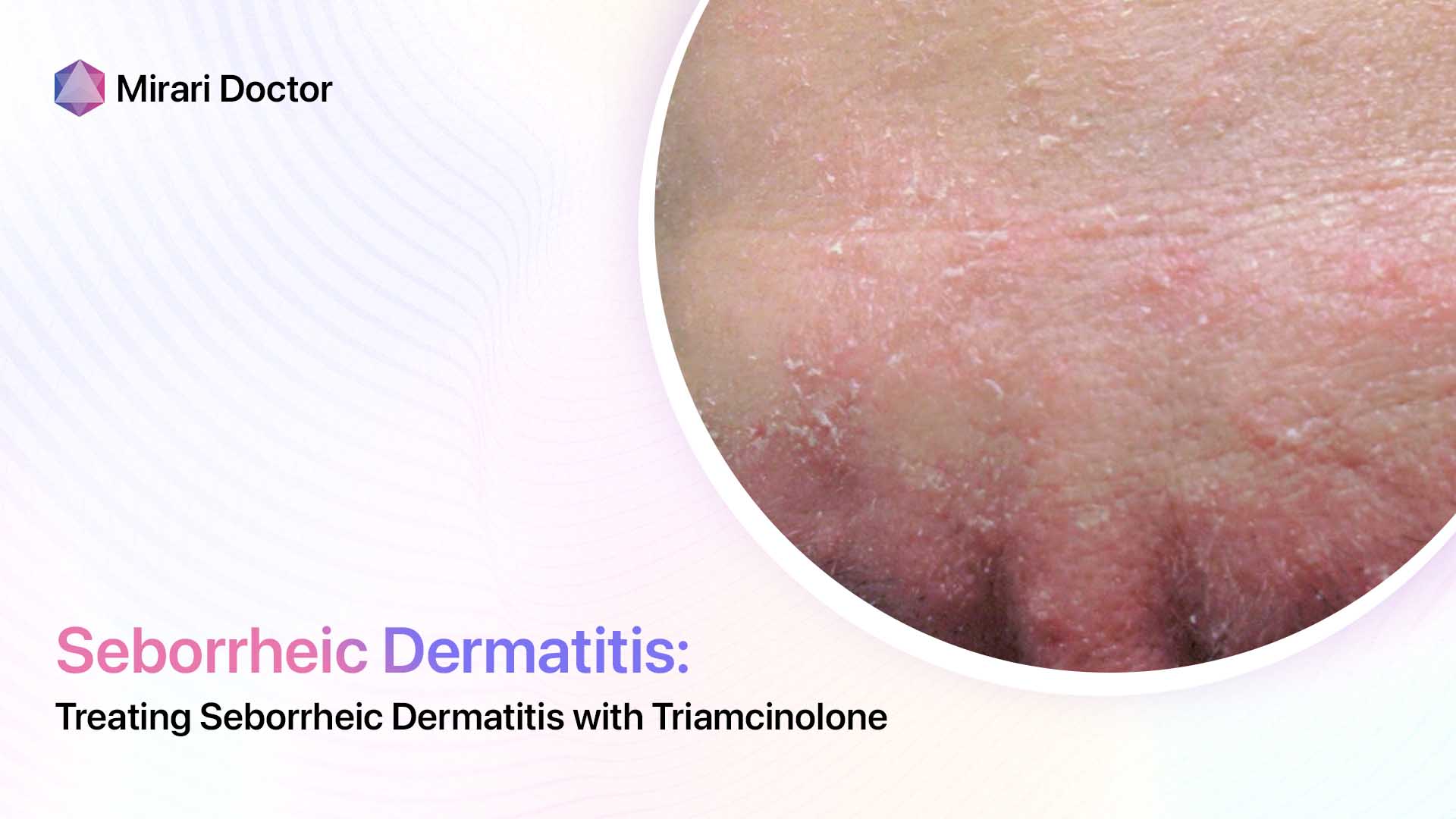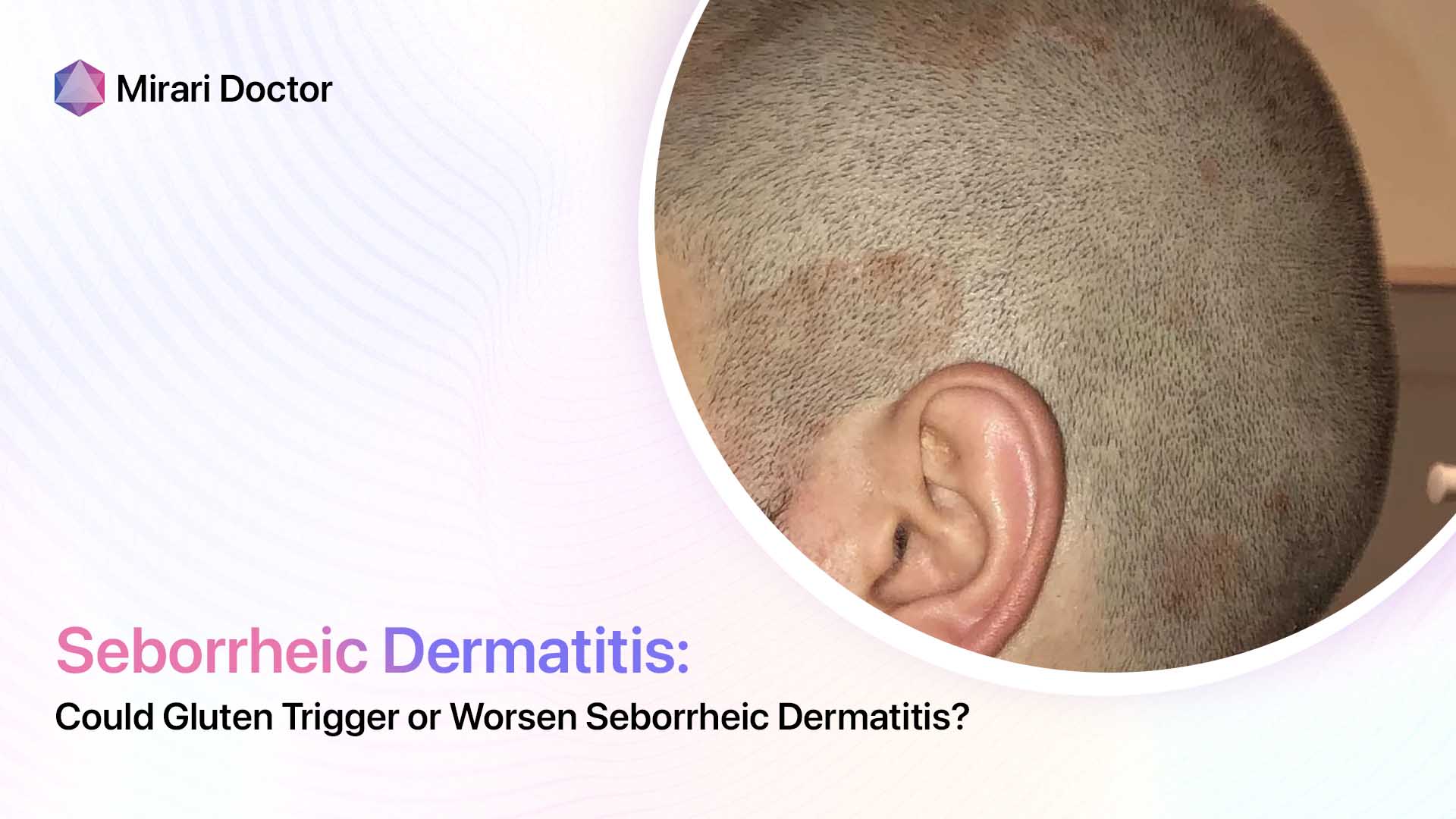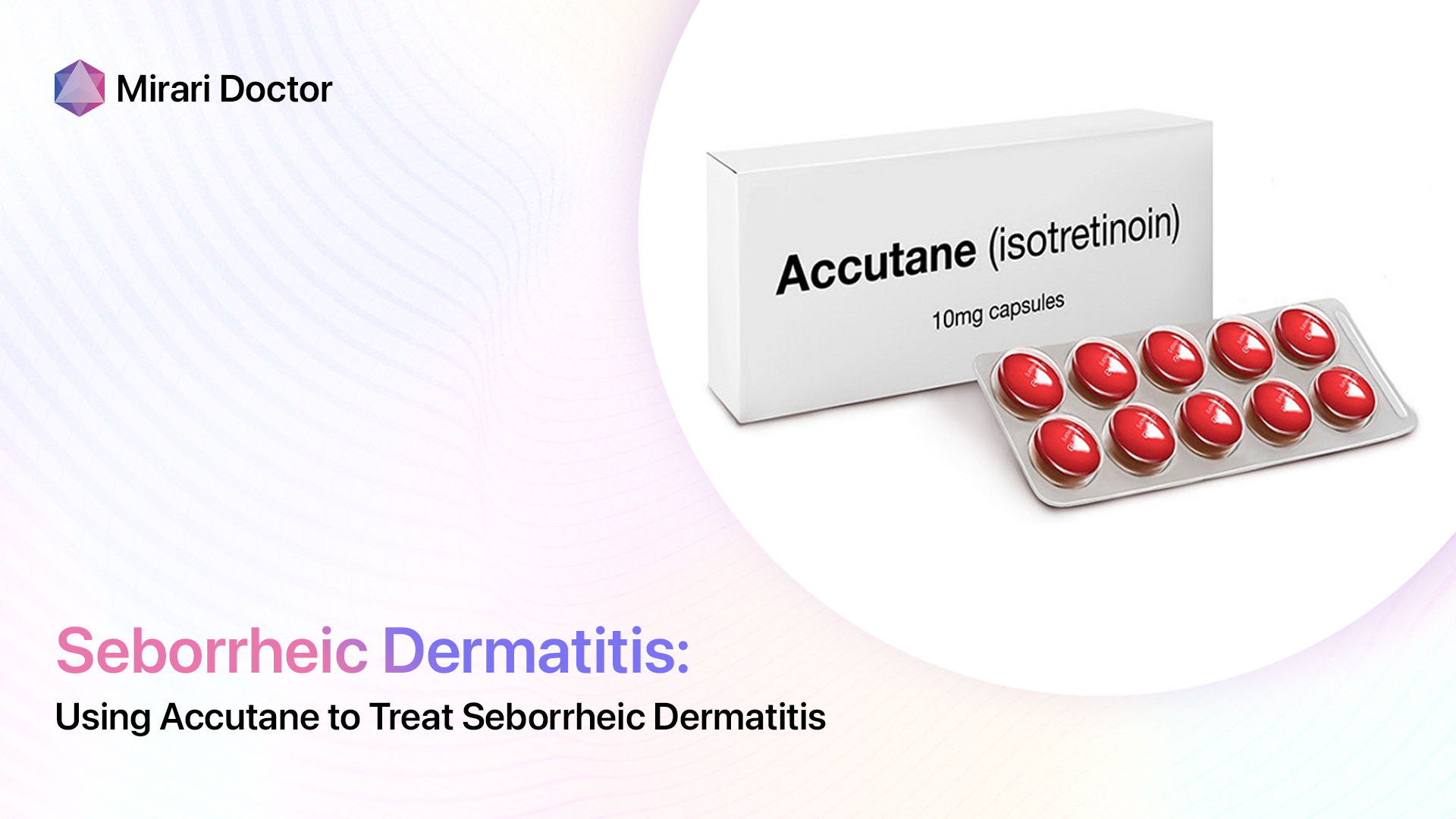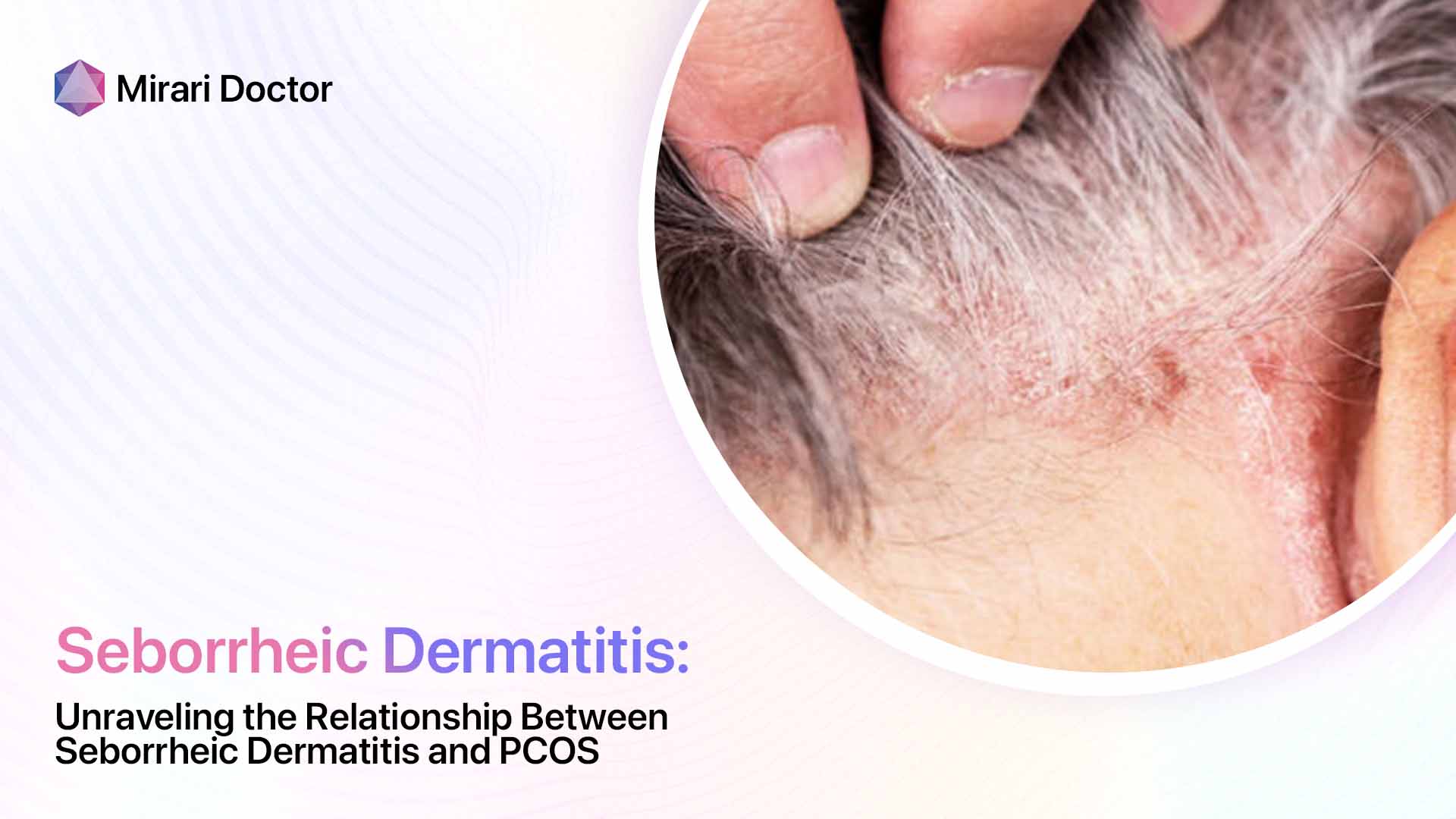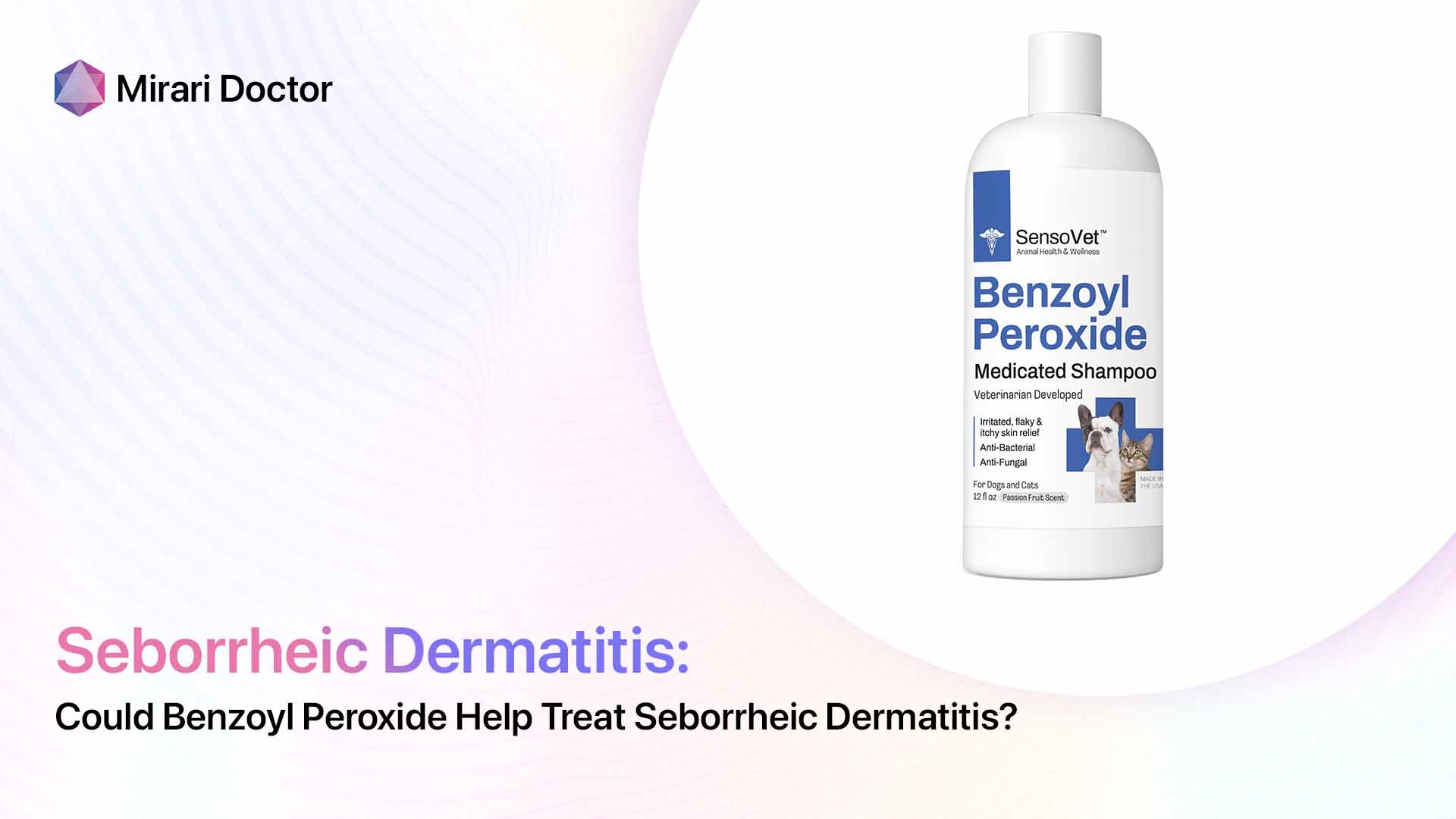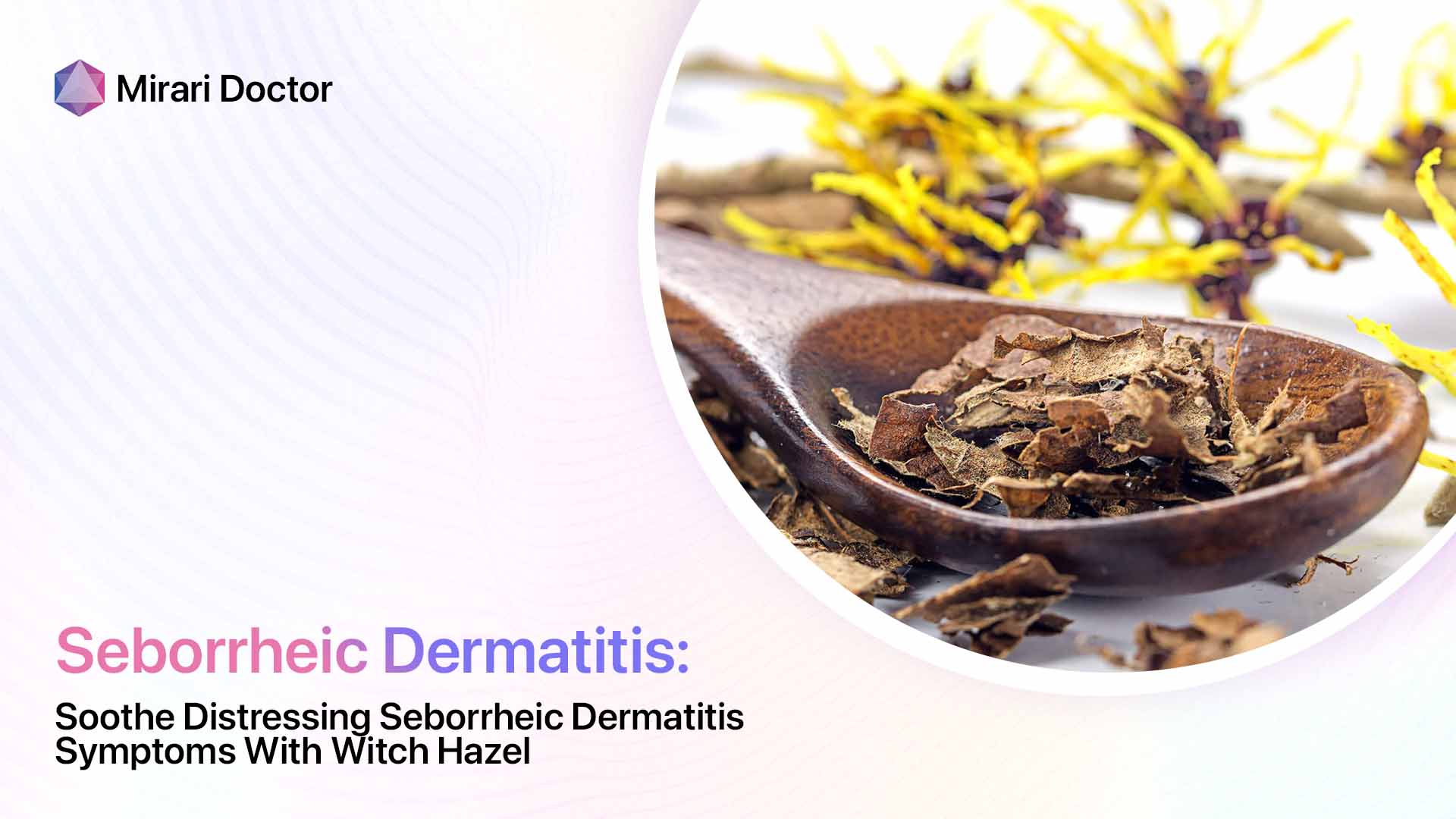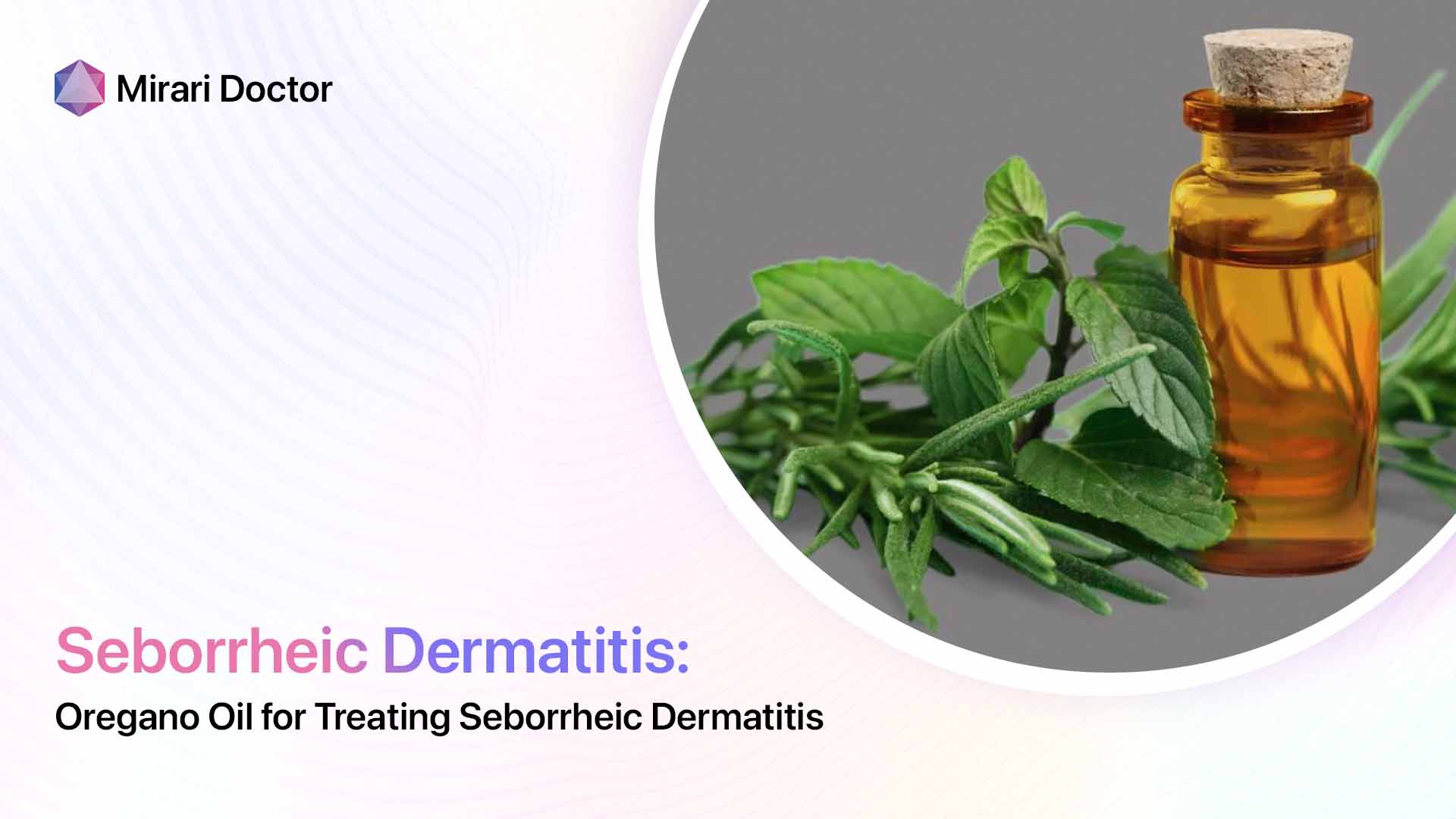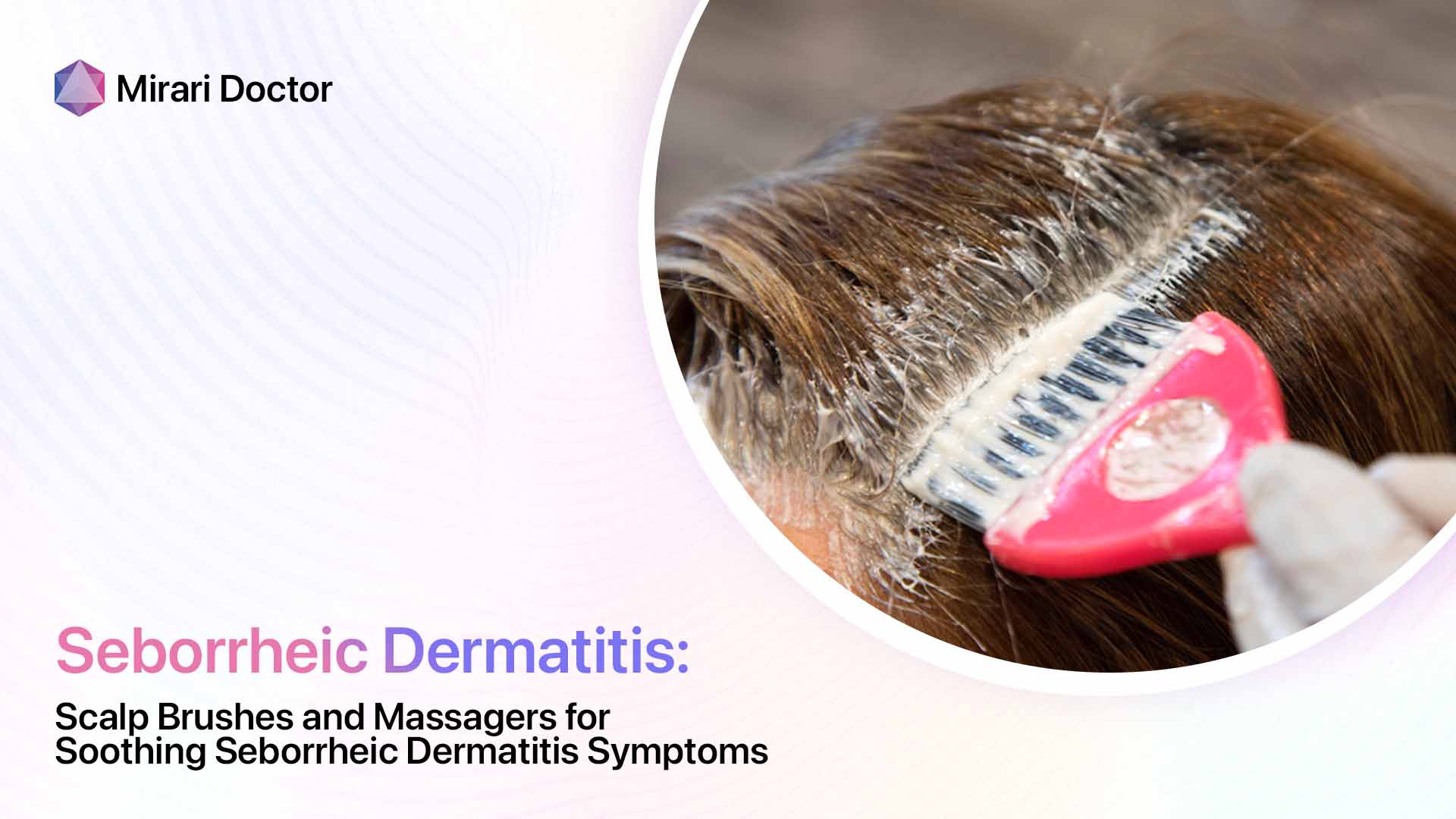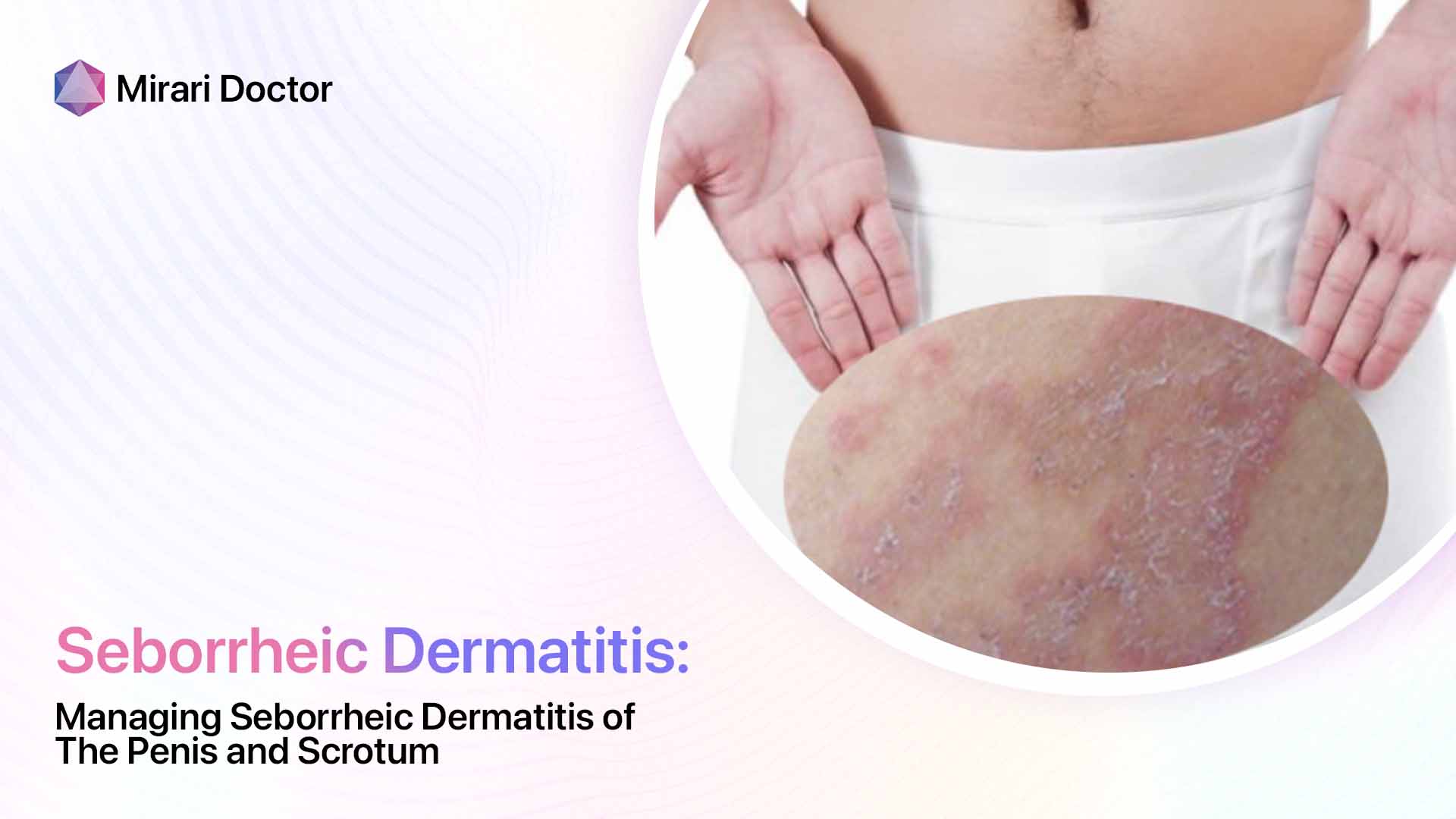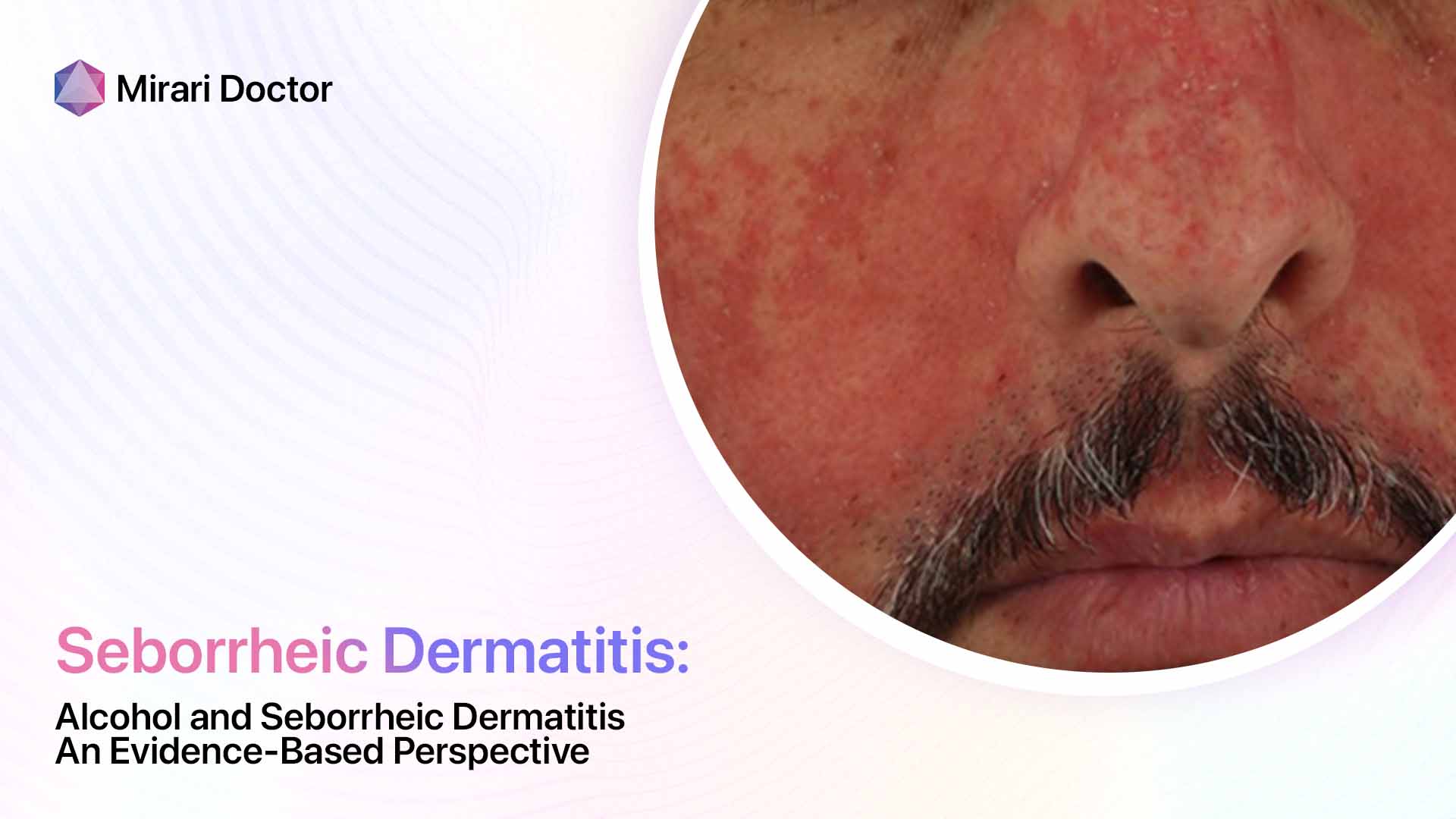
Amidst manifold physiological adaptations supporting new life, subtle skin changes like eruptions of unsightly warty growths generally escape expectant mothers’ concerns compared to bigger issues like morning sickness or swelling feet. Yet exploring interconnections between emerging seborrheic keratoses and dynamic pregnancy hormones informs wise management now and healthier aging skin later.
Deciphering Seborrheic Keratosis Complexity
Before scrutinizing associations with pregnancy, foundational familiarity with these common lesions proves helpful.
Typical Manifestations
Seborrheic keratoses appear as round or oval raised bumps ranging in size from millimeters to several centimeters with variable pigmentation from tan to dark brown. Their surface often looks warty or pitted. The name signifies oil origin.
Usual Locations
Most frequently seen on sun-exposed areas like the face, chest, back and arms, they also surprise covered zones like the breast, belly or butt where clothing rubs triggering activation of latent genetic growth tendencies seemingly overnight.
Gradual Accumulation Over Time
While possible at younger ages, seborrheic keratoses largely develop middle age onwards when cellular mechanisms regulating growth falter, averaging between 50 to hundreds per elderly person. Each lesion represents a benign clonal expansion rather than tumor. Early onset hints at inherited susceptibility.
Thus seborrheic keratoses constitute manifestations of intrinsic skin aging compounded by genetic and external factors accumulating over decades including for some women, the stress of pregnancy.
Elucidating Links Between Pregnancy and Seborrheic Keratosis Acceleration
Within broader shifting skin changes like darkening pigment and spider veins, emerging research spotlights provocative processes spurring keratosis growth.
Hormone Level Fluctuations
Rapid rises in estrogen and progesterone influence multiple skin homeostatic pathways implicated regulating cell cycling. Abrupt drops post-partum may further disrupt equilibrium. Hormone replacement settings demonstrate similar eruptions.
Blood Flow and Vascular Changes
Expansions in circulating blood volume coupled with angiogenesis nurturing the placenta delivers growth signaling metabolites to surface layers kindling quiescent outcropping clones. Vasodilation heat also encourages tissue expansion.
Immunologic and Microbiome Shifts
Suppressing maternal immunity against foreign fetal genes, while guarding against infections, alters local inflammatory networks in skin colonized by commensal microbes interacting with oils – possible further triggers.
Together localized micro-environments transformed by systemic pregnancy adaptations inches some predisposed women toward crossing critical thresholds unveiling latent keratosis genetics molded by prior sun and age.
Distinctive Features of Pregnancy-Related Seborrheic Keratoses
Compared to sporadic lesions popping up over years, the abrupt eruption of numerous seborrheic keratoses over weeks of gestation often presents signature characteristics:
Rapid Timeline of Formation
Rather than the chronic gradual accumulation with normal aging, pregnant women estimate dozens suddenly emerging within several months after conception in stark contrast to baseline pre-pregnancy skin.
Expanded Body Surface Area
Beyond the oft photo-exposed décolletage and face, some document fresh crops along the abdominal stretch marks, underneath breasts, in femoral folds or the perineum where irradiation played no role.
Greater Total Numbers
High hundreds appear in rare cases, suggesting synergistic provocation factors intersecting beyond linear rates expected by incidental aging during the nine month window. Genetic loads determine degree affected.
Thus clinicians appreciate the nuances differentiating common sporadic keratoses from the impressive eruptions specifically revealed by potent hormonal stew of pregnancy in the genetically predisposed.
Reassurance and Removal – Counseling Women With Pregnancy Related Seborrheic Keratoses
Despite benignity, managing alarmed women suddenly sporting copious bumpy skin surprises warrants thoughtful care balancing emotions and aesthetics.
Offering Reassurance
Since most seborrheic keratoses pose no health issues for mother or fetus, leading with perspective calms initial distress. Any rapidly growing itchy or bleeding lesions warrant urgent evaluation, otherwise monitoring growth trajectories suffices. Explaining underlying mechansims aids normalization over temporary symptoms like nausea eventually resolving post-delivery.
Discussing Removal Options
With locations or volumes triggering self-consciousness interfering daily function, women deserve discussions around elimination techniques if desired for comfort without risks to pregnancy. However restraint helps avoid over-treatment tendencies targeting non-bothersome areas better managed conservatively.
Cryosurgery
Controlled freezing with liquid nitrogen handheld spray devices selectively destroys abnormal keratinocytes leaving surrounding tissue intact better than burning modalities, preventing widespread injury in thinner skin regions like the neck often peppered with lesions during pregnancy.
Electrocautery
Using high frequency electrical waveforms also focally eradicates stray proliferations by burning through epidermal layers down into the dermis avoiding collateral damage to blood vessels or lymphatics which heating lasers carry higher risk for in the hypervascular gravid state.
In either approach, gradually layering therapies in sessions spaced several weeks apart allows safe removal keeping pace with overall surface expansion as pregnancy stretches onward.
Encouraging Conservative Patience
Since post-partum drops in estrogen and vascularity soon halts activated keratinocyte stimulation during gestation naturally stabilizing disease trajectory, exercising selective patience proves prudent avoiding over-intervention on every bothersome but harmless spot for those able waiting until safer non-pregnant states if desired. There lies confidence expecting involution.
Caring For Troublesome Seborrheic Keratoses During Pregnancy
Beyond pursuing removal for exceptionally annoying lesions interfering with daily life, several supportive self-care approaches alleviate symptoms and progression when conservatively coping with outbreaks:
Gentle Cleansing
Daily washing with plain mild cleansers avoids buildup of inflammatory skin secretions and skin cells possibly exacerbating irritation, itching, inflammation and blood vessel dilation occultly fueling expansion.
Humidifying Moisturizers
Hydrating barrier creams, ointments and fruit acid serums counter skin dryness when raging hormones shift fluid balances while restoring pH homeostasis minimizing chances secondary yeast or bacteria provocations.
Loose Breathable Clothing
Preventing maceration, sweat entrapment and friction between folds limits potential infections or contact allergic irritation flaring baseline redness and metabolism.
Sun Protection
Vigilant UVA/UVB sunblock usage ensures previously dormant clones activated during pregnancy are not additionally stimulated by fresh photon damage depositing free radical DNA adducts and coagulating vascular collagen durably fixing expansion permanently.
Thus while awaiting post-partum reversal, proactive skin wise caretaking reduces additive exposures possibly converting transient reactive processes into chronic disease. There lies empowerment through understandable science guiding positive behaviors confronting complex changes.
Frequently Asked Questions
Why do some women develop more seborrheic keratoses during pregnancy than others?
The dramatic increase and sudden eruption of numerous seborrheic keratoses during pregnancy relates to a genetic predisposition influenced by hormonal fluctuations. Women with family histories and fairer complexions demonstrate greater numbers as their intrinsic molecular pathways regulating skin cell growth and cycles along with oil gland activity prove more sensitive reacting to pregnancy associated adaptations than those resilient to these disruptions.
Can newly appearing seborrheic keratoses be safely removed during pregnancy?
Yes, thankfully several highly precise office-based destruction approaches like cryosurgery and electrocautery safely eliminate irritating expanding seborrheic keratoses during pregnancy without risks to mother or developing fetus when performed by experienced providers using conservative fractional approaches avoiding aggressive overall ablation.
What causes some seborrheic keratoses to suddenly peel off during pregnancy?
Rapid enlargement of activated keratinocyte clones outpaces stability of attachments to the surrounding skin surface occasionally resulting in sudden sloughing as the lesions reach maximal lateral stretch. This phenomenon typically leaves temporary pinkish patches subsequently healing without scarring or need for additional intervention.
How can I tell a seborrheic keratosis from a melanoma during my pregnancy?
Benign seborrheic keratoses demonstrate characteristic thicker warty architecture under magnification, light tan to brown uniform pigment, gradual non-growing enlargement over many months without irregular borders or color variegation which helps reliably distinguishing them from potential pregnancy-associated melanomas needing urgent biopsy when concerning clinical indicators arise.
Will seborrheic keratoses triggered by pregnancy hormones persist lifelong?
Newly activated seborrheic keratoses stimulated by the profound estrogen surge of pregnancy often stabilize, shrink, or disappear entirely within the first year post-partum since the precipitating growth signals wane after delivery allowing intrinsic balance restoring lesions back to baseline dormancy. However some residual expansion still warrants ongoing monitoring.
Conclusion
- Numerous seborrheic keratoses erupt due to hormonal changes of pregnancy in predisposed women
- They manifest suddenly as flesh colored warty bumps on the face, neck and body
- While harmless, symptomatic options safely eliminate irritating lesions
- Post-partum involution commonly returns skin back to prior state
- Sun protection minimizes chances renewed future stimulation
Appreciating eruptions of seborrheic keratoses during pregnancy as external indicators of complex internal processes, rather than isolated phenomena confined to the skin, grounds deeper empathy, education and care partnership helping women navigate adjustments confronting the remarkable biological journey of bringing forth new life. Therein lies meaning making fleeting circumstances opportunities teaching durable insights holding significance for decades beyond.
Related articles
Made in USA


